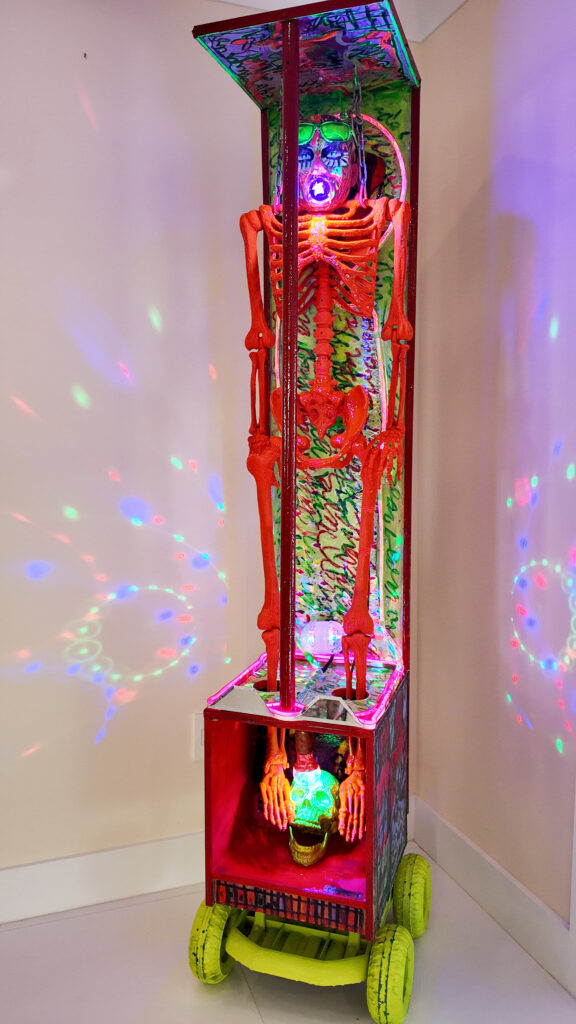
Introduction
Halloween is one of the most widely celebrated holidays globally, blending ancient traditions, modern customs, and captivating folklore. From its Celtic origins to its present-day festivities, Halloween has evolved into a holiday that encompasses costumes, trick-or-treating, spooky decorations, and community events. But beyond the commercial appeal, Halloween holds a rich history rooted in ancient beliefs and cultural practices.
The Origins of Halloween
Halloween is one of the most widely celebrated holidays globally, blending ancient traditions, modern customs, captivating folklore, and unique art forms that reflect its eerie charm. From its Celtic origins to its present-day festivities, Halloween has evolved into a holiday that encompasses costumes, trick-or-treating, spooky decorations, community events, and a vibrant world of Halloween-inspired art. But beyond the commercial appeal, Halloween has a rich history rooted in ancient beliefs, cultural practices, and artistic interpretations, inspiring artists like Humberto Poidomani to capture its haunting spirit in unique creations.
The Celts lit bonfires and wore costumes to ward off these roaming spirits. They believed the flames could help guide souls to the afterlife while protecting the living from harm. Offerings of food were left out to appease the spirits. This tradition eventually evolved into the modern practice of trick-or-treating.
Christian Influence: All Hallows’ Eve
As Christianity spread across Europe, it sought to incorporate pagan customs. In the 8th century, Pope Gregory III designated November 1st as All Saints’ Day (or All Hallows’ Day) to honor saints and martyrs. The night before became known as All Hallows’ Eve, which, over time, transformed into Halloween. This Christian holiday was meant to supplant the pagan traditions of Samhain. Still, many of the old customs persisted and blended with the new.
Costumes and Dressing Up
The practice of wearing costumes on Halloween is rooted in the ancient belief that disguises would protect people from harmful spirits. During Samhain, the Celts wore animal skins and masks to confuse wandering souls. In the Middle Ages, Europeans believed that ghosts and spirits roamed the streets on Halloween night, and dressing up helped them blend in or ward off evil entities.
Today, Halloween costumes range from spooky and macabre to humorous and creative. Children and adults don their favorite characters, creatures, or professions and participate in costume contests, parties, and parades. The custom of dressing up has become a cornerstone of Halloween celebrations worldwide.
Trick-or-Treating
Trick-or-treating has become synonymous with Halloween, but its origins are tied to ancient customs. In the past, people would offer food to spirits to prevent them from causing mischief. During the Middle Ages, the poor would go door-to-door on All Hallows’ Eve, offering prayers for the dead in exchange for food. This practice, known as “souling,” evolved into modern trick-or-treating, where children visit homes asking for candy.
In the 20th century, the practice gained widespread popularity in the United States, fueled by community events and safety campaigns encouraging neighbors to participate. Today, trick-or-treating is a beloved tradition where children collect candy while showing off their costumes.
Pumpkin Carving and Jack-o’-Lanterns
Carving pumpkins into jack-o’-lanterns is one of Halloween’s most iconic traditions, but it doesn’t always involve pumpkins. In Ireland and Scotland, people carved turnips or potatoes to create lanterns that warded off evil spirits. When Irish immigrants brought the tradition to America, they found that pumpkins, native to North America, were more prominent and more accessible to carve.
Modern Halloween art continues to evolve, with unique pieces like Humberto Poidomani’s Halloween-themed sculpture capturing the holiday’s haunting essence.
The name “jack-o’-lantern” comes from an Irish folktale about Stingy Jack, who tricked the devil and was cursed to wander the Earth with only a carved turnip to light his way. Today, families carve intricate designs into pumpkins, placing them on doorsteps to welcome visitors and add a spooky touch to Halloween décor.
